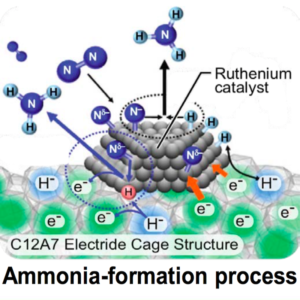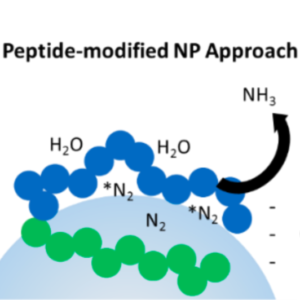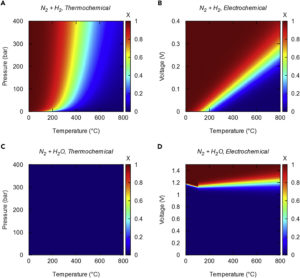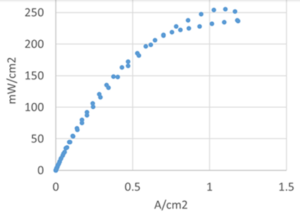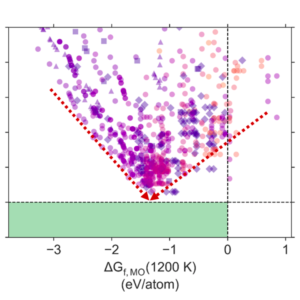NH3 Fuel Conference to Take New Format in 2018
The NH3 Fuel Association has exciting plans for the 15th annual NH3 Fuel Conference! Our 2018 offering will have much in common with the 2017 edition, but will also embody significant departures. As was the case in 2017, our annual event will be held over two days, scheduled in alignment with the American Institute of Chemical Engineers (AIChE) Annual Meeting. The key difference for 2018 is that it won’t be a single two-day conference; rather it will take the form of two separate conferences held on consecutive days.





